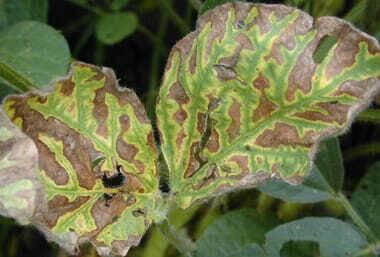Last year Goss’s Wilt and Sudden Death Syndrome (SDS) reared their ugly heads for many growers throughout the Midwest. Unfortunately for those farmers who had to deal with the effects first-hand, Latham Product Manager Mark Grundmeier says likelihood is they will present challenges for Midwest growers again this year. Below are some tips to keep top of mind to help battle these diseases.
Tips to Manage Goss’s Wilt
- Hybrid selection. One of the best ways to protect against Goss’s Wilt is hybrid selection. If you battled Goss last year, Mark recommends either rotating to soybeans or planting only highly resistant hybrids to help avoid significant yield loss.
- Bacteria versus fungus. Mark says oftentimes farmers will spray fungicide and believe they’re taking care of diseases like Goss’s Wilt, but because Goss’s is bacterial, the fungicide has no effect. To help farmers identify corn diseases, Iowa State University Extension has compiled a helpful Scouting Guide available here.
- Tillage. Because Goss’s overwinters in the previous year’s crop residue, tillage will help prevent spread. If a field was affected by Goss last year, Mark recommends aggressive tillage to help suppress the susceptibility for the coming year.
Tips to Manage SDS
When SDS spread last year, Mark compiled a video series with tips from variety selection to SDS management to help farmers in the field. Below is a video about how to prevent SDS prevention. If time allows, take just a few minutes to read Mark’s previous blog posts that offer tips to help you identify and manage SDS.

